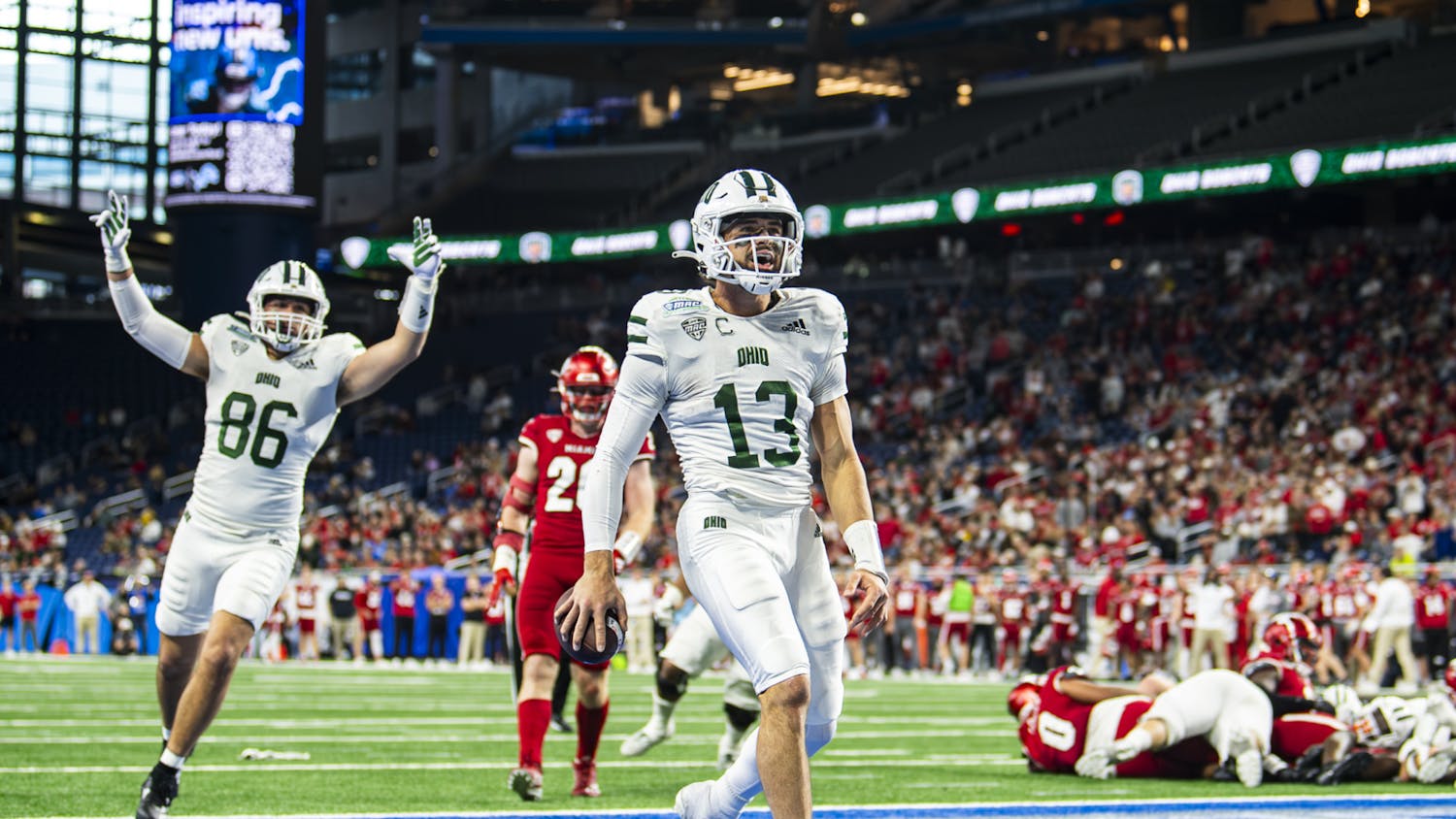On Ohio University's main campus, 77.7% of the student population is white, making Ohio University a predominantly white institution. A PWI is a college or university in which the student population is mainly white. In the spring semester of last year, I wrote a column on how dating in college sucks, which still stands true. However, in being a person of color and trying to date at a PWI, people encounter a lot of other troubles through dating apps and objectification.
In 2021, people were found to be ”2.3 times less likely to swipe left on a Black person than a white person” on dating apps. Although it is OK to have a preference or “type” when looking to date, it is important to recognize how these types affect the race someone dates. For example, many men on dating apps state they are into blondes, which inherently means white women, seeing that most people of color do not have blonde hair. Physical attraction is important in dating, but in some cases, it creates an implicit bias against non-white people.
Online dating is one of the primary ways college students look for a partner; however, the algorithms on these apps do not favor people of color. Hinge, Tinder and OkCupid all have the same parent company Match Group. Match Group has algorithms that match people based on how they look. One of the companies' patents states that “people having similar and/or compatible character traits and values should be matched,” meaning they rely on characteristics such as race to match people.
The idea that shared physical traits equal to the same values is old and tiring. With this algorithm, non-white people are not being shown to the masses, and when at a PWI, the masses are white people creating an inequity when it comes to dating on these apps.
There is also the problem of fetishization and objectification of people of color. Fetishization is the “act of making someone an object of sexual desire based on some aspect of their identity.” One example of this is often seen with Asian women being seen as more desirable for being “submissive.” Fetishization often furthers a harmful stereotype like that example.
Black women are a population of people that have to battle fetishization, objectification and stereotyping in dating a lot more than others. Black women are often not viewed for who they are but rather viewed as stereotypes the media portrays. The media often portrays Black women as people who don’t have emotions besides anger and lust. They also are portrayed as non-feminine and “not framed as something that is beautiful, that can be desirable. And this impacts people's experiences.”
This isn’t just a problem in heterosexual relationships but in homosexual relationships as well. Although LGBTQIA+ history is largely marked by members of color, the community still excludes people of color when it comes to dating. Non-white people in LGBTQIA+ spaces sometimes feel “explicitly rejected or objectified based on their race in LGBTQ+ dating spaces,” which is similar to what happens in heterosexual dating.
At a PWI, non-white people have trouble dating more than most because of the implicit bias that dating apps cause, along with people fetishizing them and objectifying their bodies.
Cassie is a junior studying communications at Ohio University. Please note the views expressed in this column do not reflect those of The Post. Want to talk to Cassie? Email her at cb086021@ohio.edu.






